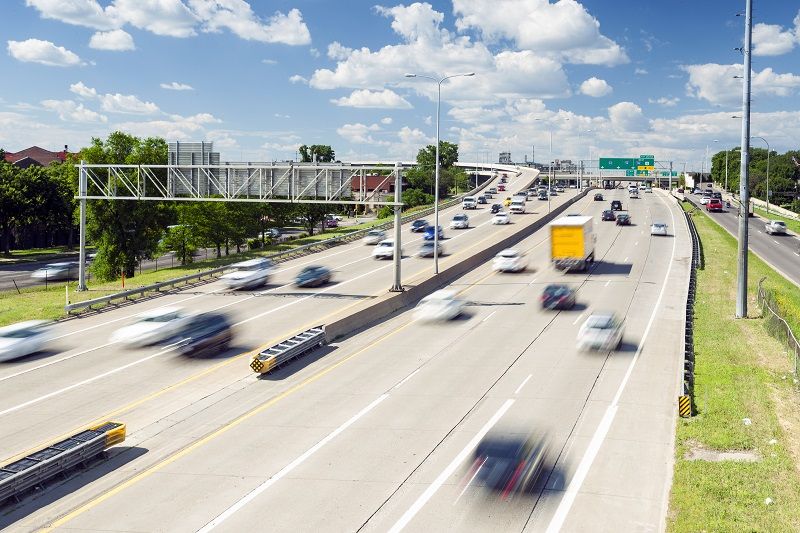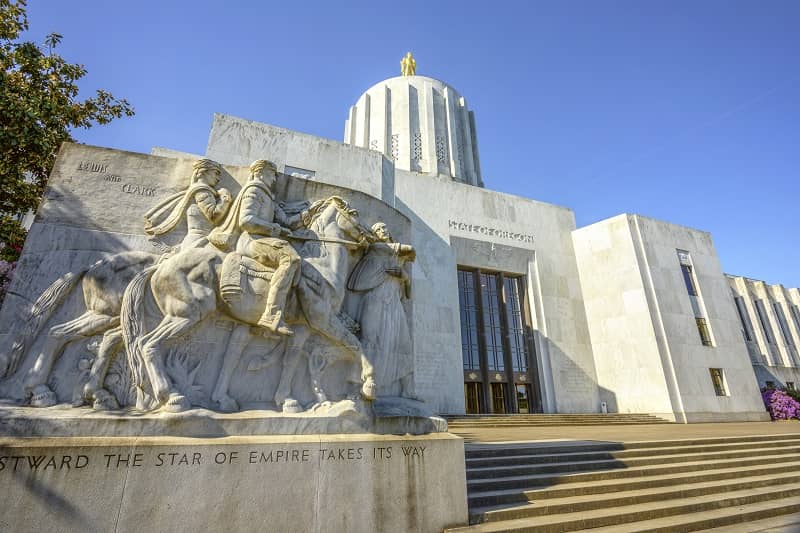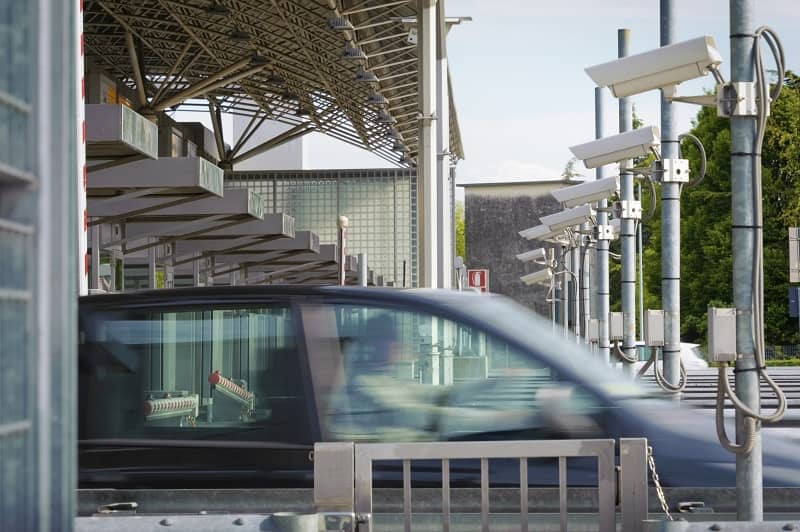By Rachel Dawson
Governor Kate Brown took carbon policy into her own hands earlier this year after the failure of Oregon’s cap-and-trade bill by issuing Executive Order 20-04. This order creates new greenhouse gas (GHG) emissions reduction goals and directs various agencies to take actions and exercise their authority to reduce GHG emissions.
Four agencies, the Department of Transportation (ODOT), Department of Land Conservation and Development (DLC), Department of Environmental Quality (DEQ), and Department of Energy (ODOE), collaborated to develop a draft statewide work plan in response to the governor’s directive, known as the Every Mile Counts initiative.
The strategy is fundamentally flawed. On the one hand, it duplicates efforts already underway. On the other hand, it does so in a way that will impose additional costs on Oregonians without producing any measurable effects on global climate change.
Objective 1: Reduce VMT per capita
The work plan proposes a number of action items aimed at decreasing statewide vehicle miles traveled. In the 2004 Statewide Congestion Overview for Oregon report, ODOT predicted that we could expect an additional 15,500 vehicle miles traveled (VMT) annually for every job created in Oregon and 360 additional VMT for every $1,000 increase in total state personal income.
Traffic is tied to economic activity. Increased traffic is a sign of a growing economy, and VMT plummets during recessions. As the state’s economy came to a standstill during the COVID-19 pandemic, traffic volumes on Oregon roads steeply dropped. Stifling economic activity is the surest way to reduce VMT in state. Efforts to aggressively reduce VMT in Oregon go hand-in-hand with efforts to reduce employment and income growth.
Increasing VMT in Oregon is a sign that more people and businesses are moving to our state. More people are consuming goods and services; and thus, our economy is growing. Oregon is already experiencing record-high levels of unemployment due to COVID-19. The state should not actively be promoting a reduction in VMT.
This is especially important now with COVID-19. The Center for Disease Control (CDC) has concluded that cars are a better option than transit during the crisis and has urged businesses to offer their employees incentives to “use forms of transportation that minimize close contact with others,” such as driving alone or biking. This plan’s objective to reduce single-occupancy trips directly contradicts the CDC’s advice.
Business owners, and not state agencies, have a deeper knowledge of their firms’ transportation requirements. If trip reduction efforts, such as telecommuting and flexible work hours, will benefit their business and employees they should be willing to engage in such efforts without the need for government intervention.
Objective 2: Support use of cleaner vehicles and fuels
State agencies should not support a zero emission vehicle plan. This is redundant as Oregon utilities are already required by the PUC to support transportation electrification plans, which will invest ratepayer funds in statewide electric vehicle (EV) charging infrastructure and increase outreach efforts on EV adoption. Having four more agencies engage in the same type of investments would be an inefficient use of taxpayer funds.
Objective 3: Consider GHG in decision making
Finally, state agencies should not require local GHG reduction planning and related performance measures. One of the largest rulemaking efforts these agencies plan on engaging in an update to the Transportation Planning Rule (TPR) to require that local governments “plan for transportation systems and land uses to reduce GHG emissions.”
However, the TPR already indirectly works towards reducing GHG emissions by promoting the development of transportation systems designed to reduce reliance on passenger vehicles. While explicitly adding GHG emissions reduction in the TPR may be a worthy endeavor, including it to an already lengthy list of objectives will make the planning process more complex and time-consuming for cities. According to ODOT, completing all elements of a TSP “typically takes 12-15 months, with additional time for public adoption.” This proposed change will simply add another layer of compliance.
It is not clear if the proposed actions derived from Brown’s EO are necessary given Oregon’s steady decrease in per capita emissions over the past few years. Oregon per capita emissions have decreased by 22.8% since 1990, and emissions per unit of GDP have dropped by 50.7%. According to ODOE, Oregon’s energy use per capita is the lowest it has been since 1960; and Oregonians have decreased energy consumption per capita by 37% since it peaked in 1972.
Oregon’s environmental goals need to consider the dramatic progress that has already been made in reducing emissions. For this reason, Governor Brown should suspend her costly Executive Order.
Policymakers also should acknowledge the truth about the vital role automobility plays in a strong statewide economy and rising personal incomes. The above state agencies should provide an explicit cost-benefit analysis demonstrating how the benefits of each action item will outweigh its costs. If they cannot clearly outline such an analysis, the plan should not move forward. During the midst of a financial recession and global pandemic Oregonians need stability and relief, not more costly government regulation with vague benefits.
Rachel Dawson is a Policy Analyst at Cascade Policy Institute, Oregon’s free market public policy research organization.
Click here for PDF version:
20-21-You_can_count_on_the_“Every_Mile_Counts”_plan_to_make_life_costlier_for_OregoniansPDF













Bob "Elvis" Clark
Heavily Subsidized Charging stations are mostly a waste – people want more to charge their cars at home. The ones greatly benefiting with the public charging stations are like Uber and Lyft (I think they may be getting free like re-charging at PGE rate payer expense).
I think probably the future is still Hybrid gasoline and electric driven cars, such as the Prius. The gasoline can be relied on for back up and putting an economic check on being too dependent on the state controlled electric utilities – such as PGE.
Hydrogen extracted from oil and natural gas fields could also be big….but usually such major change out of societal energy systems is decades away.